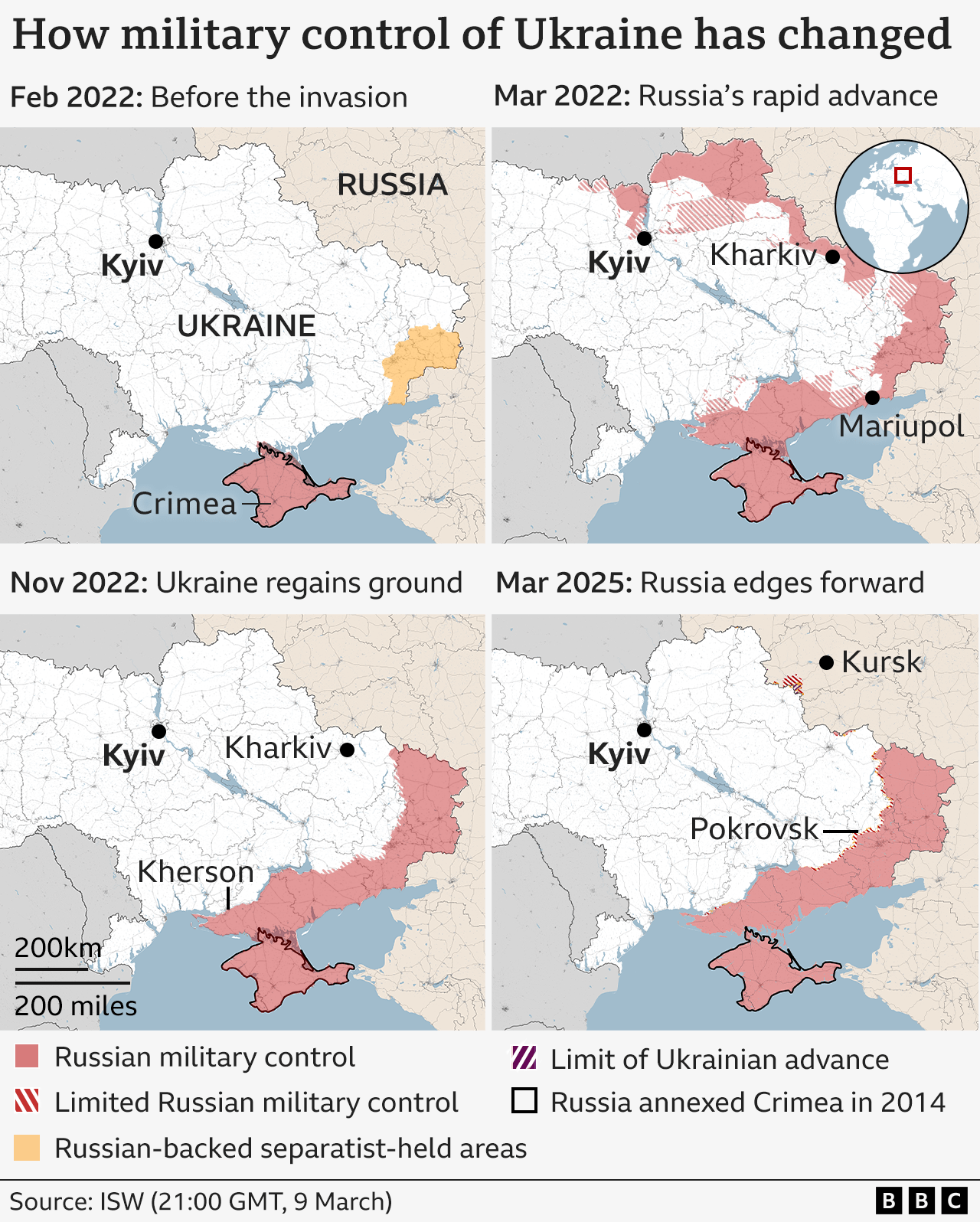The once-thriving Ukrainian port city of Berdiansk, situated along the Azov Sea coastline, has been transformed into a desolate ghost town since Russia’s invasion. The city, which was home to 100,000 residents, has witnessed a significant decline, with a third of its population fleeing in fear after Moscow’s troops arrived on February 27, 2022.
Those who remained have been subjected to a harsh new reality, as the city has been converted into a military outpost. The presence of plain-clothed soldiers in cafes, curfews, and an influx of unfamiliar faces occupying jobs and houses vacated by fleeing Ukrainians have become the new norm. Residents live in constant fear of the Russian occupying forces, who can arbitrarily search and arrest people at any time.
The Resettlement of Russians
In an effort to address labor shortages and strengthen its grip on the captured regions, Moscow has resettled hundreds of thousands of Russians to the territories. Berdiansk residents have reported an influx of people from Russia’s regions, particularly Dagestan, who now occupy senior positions in hospitals, schools, and public utilities. These settlers have been offered bolstered salaries and have moved into houses vacated by fleeing Ukrainians.
The military administration has been known to visit houses and apartments, claiming to search for criminals, but in reality, taking stock of empty housing. This tactic has instilled fear among the remaining residents, who are unsure of what the future holds.
The Humanitarian Crisis
More than a third of residents have left the occupied territories of Zaporizhzhia, with Russia resettling only slightly fewer people to the region. The humanitarian crisis is evident, with approximately 3.5 million Ukrainians remaining in occupied territories, according to Helping to Leave, a Ukrainian charity.
Millions have been forced to take Russian passports, and children have been targeted, with Ukrainian textbooks and books being burned in schools. Parents who refuse to send their children to Russian schools face imprisonment and “re-education.” The situation has become increasingly dire, with residents struggling to maintain their Ukrainian identity in the face of Russian oppression.
The Future of Berdiansk
As US-brokered ceasefire talks continue, residents fear that their city may become Russian forever. The peace deal presents a difficult dilemma, with many weighing the choice between freedom and death. Despite the challenges, some residents remain hopeful, with 60-70% of the remaining population waiting for Ukraine to return.
In the face of systematic repression, locals have found ways to resist, using secret phones to communicate with the outside world and continuing to do business in Ukrainian. The city’s residents hold on to the hope that one day, Berdiansk will become a Ukrainian city once again.
In a separate development, Danish Foreign Minister Lars Løkke Rasmussen chastised U.S. officials following a trip by Vice President J.D. Vance to Greenland. Rasmussen expressed disappointment with the tone of the criticism, stating that while Denmark is open to criticism, it does not appreciate the manner in which it is being delivered.
The situation in Greenland has sparked tensions between Denmark and the United States, with Vance criticizing Denmark’s handling of security in the region. Rasmussen’s response highlights the complexities of international diplomacy, where tone and delivery can be just as important as the message itself.



